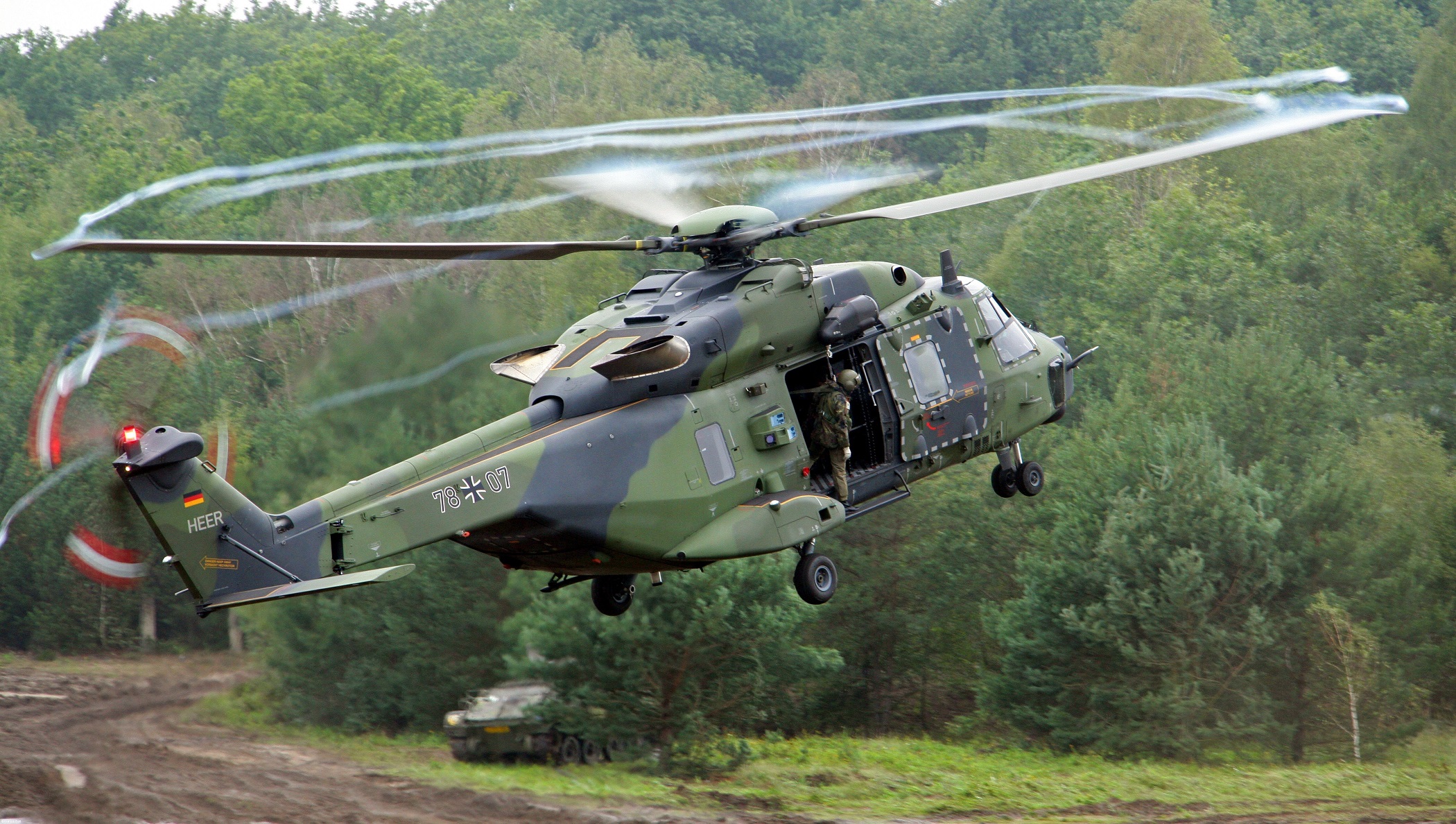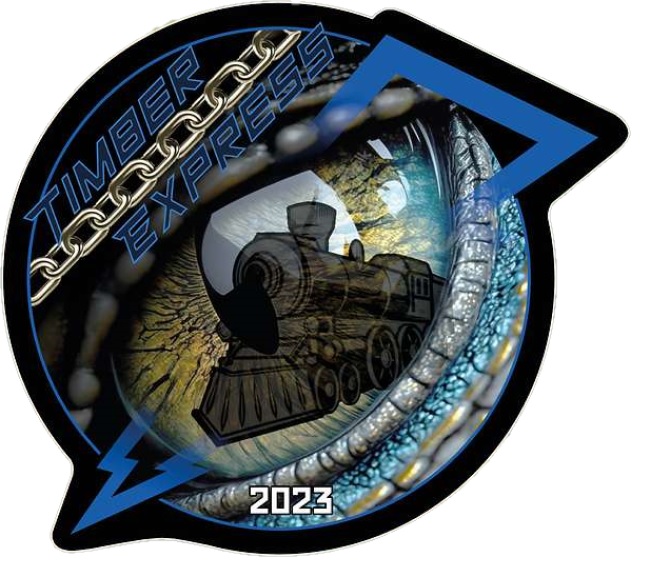HENSOLDT integrates NH90 and TIGER with its modern data-link for exercise «Timber Express 2023»
Within the framework of the German Armed Forces’ exercise «Timber Express 2023», the sensor specialist HENSOLDT connected several flying platforms via a powerful data link and networked them with modern information systems.
Thanks to the EUA OPTARION mission support system, tactical situation information could be reliably communicated between the NH90 and TIGER helicopters and other platforms, such as the Tornado multirole fighter and the 2000 self-propelled howitzer, without the need to modify the aircraft. For the first time, data was also continuously synchronized with the new command information system of the Bundeswehr (German Armed Forces).

«With the mission support system, we can integrate both existing and new platforms into the digital command and control network of the armed forces without having to modify the aircraft,» says Alex Irmscher, HENSOLDT ground station program manager. «We are continuously working with the German Army Air Corps and the German Air Force to further advance command and control capabilities in the field of airborne systems and anchor them operationally alongside exercises.»
See also: Germany to retire all its Tiger attack helicopters by 2038
The advantages that the EUA OPTARION offers its users were successfully demonstrated for the third time as part of «Timber Express 2023». As a link between reconnaissance and operational elements, relevant data could be digitally communicated along the sensor-efector chain. This interaction forms the basis for effective command and control and the deployment of the armed forces in an interoperable information and communication network.
Timber Express
«Timber Express 2023» is a military exercise that took place throughout Germany between September 18 and 29, in which an international multi-domain operation was simulated. In this exercise, a standardized situation picture is created from different data link variants in a secret NATO environment, which is made available to all participating actors.
The focus is on the so-called «sensor-efector» processes: Military targets are recognized and the information obtained is made available to the command level via the data-link network in order to decide how and with what means to act against the target. This interaction forms the basis for effective command and control and for the deployment of armed forces in an interoperable information and communication network, known as «network-centric warfare».

/https://aviacionlinecdn.eleco.com.ar/media/2023/03/Tiger.jpg)

Para comentar, debés estar registradoPor favor, iniciá sesión